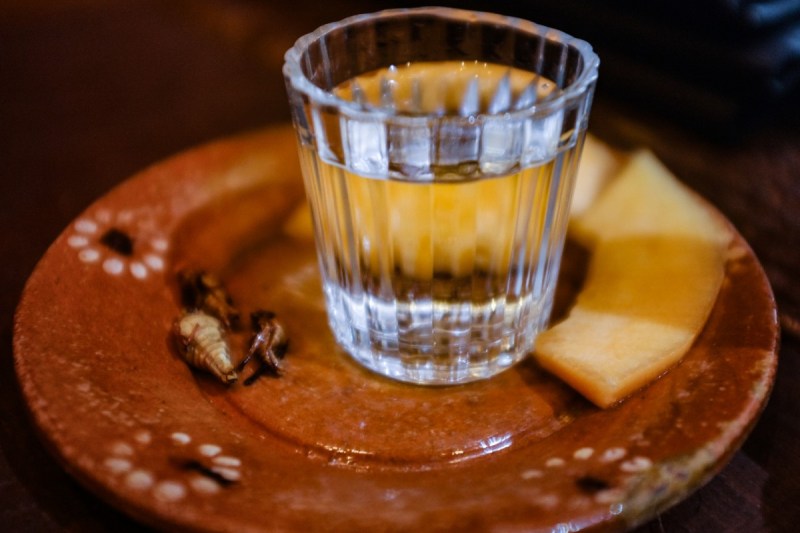For the first time, Americans are anticipated to spend more money on mezcal and tequila than they will on U.S.-made whiskeys or rum in 2022, according to a IWSR Drinks Market Analysis estimates. The British data and analytics firm estimates $13.3 billion in combined agave spirit sales versus $12.5 billion for vodka and $12.3 billion for whiskey. By 2023, IWSR estimates the agave category also will have supplanted vodka, making the potent distillation the U.S.’s most-purchased spirit.
What’s driving this proliferation? Similar to whiskey in the recent past, a number of drivers are escalating agave spirit popularity, including originality, product diversity, and consumer involvement.
“Multiple factors are driving growth for agave spirits, but the main trends impacting the category include increasing household penetration through celebrities, extending consumption occasions through ready-to-drink products, as well as new and exciting flavored products entering the market,” IWSR research director Adam Rogers said.

In 2021, agave-based spirits were the country’s third-largest spirits category, behind only vodka and whiskey. Consumption of tequila alone in the U.S. has risen by more than 30% between 2015 and 2020, with premium products up by over 60%. Tequila’s ultra-premium segment has the highest rates of forecasted expansion, with a predicted compound annual growth in volume and value of over 14% from 2019 to 2024.
Mezcal, though, is the primary culprit in this mix with a 53% growth in value in 2021 over 2020, compared to tequila, which grew just 27%.
Similar to how bourbon and Scotch are whiskeys, tequila is actually a type of mezcal, made specifically from blue agave. Mezcal can derive from over 30 varieties of the plant, including tobalá, tobaziche, tepeztate, arroqueño, and espadín, which collectively make up about 90% of mezcals. The liquor is usually produced by cooking the agave with wood, charcoal, and clay instead of in copper pots, creating a smokier flavor profile.
The tequila market’s international increase by 22% since 2014 seems to be primarily driven by the 64% volume increase in the “premium and above” price segment. Brand owners have diversified tequila offerings to incorporate a vast sweep of spin-off products, from entry-level RTDs to luxury single-barrel bottlings and innovative cask finishes. Cristalino tequilas, for example, are aged spirits made clear by filtration that form a fast-growing segment.
Like flavored bourbons driving the American whiskey revival in years past, pineapple, mango, lime, and chile pepper tequilas are also powerful products drawing potential clients in and establishing a gateway to explore further agave expressions.
There is also a cultural appeal to liquor’s Mexican origin. A mystique encompasses its often artisanal production methods and the history taps into the consumers’ desire for authenticity and willingness to pay for premium products. Famous names also help.
A mushrooming trend in headline-grabbing, celebrity-backed tequilas appears to be no small component in advancing agave spirits. From actor and ex-wrestler Dwayne “The Rock” Johnson’s Teremana Tequila to actress/social media star Kendall Jenner’s 818 Tequila, stars are aiming to emulate the success of George Clooney’s Casamigos, a high-end tequila brand that the actor sold to Diageo (U.K. beverage alcohol firm) for up to $1 billion (based on future sales) in 2017.
IWSR anticipates agave liquor’s ascension for years to come with the only warning sign being rising prices for raw agave, which can take a decade or more to mature.



